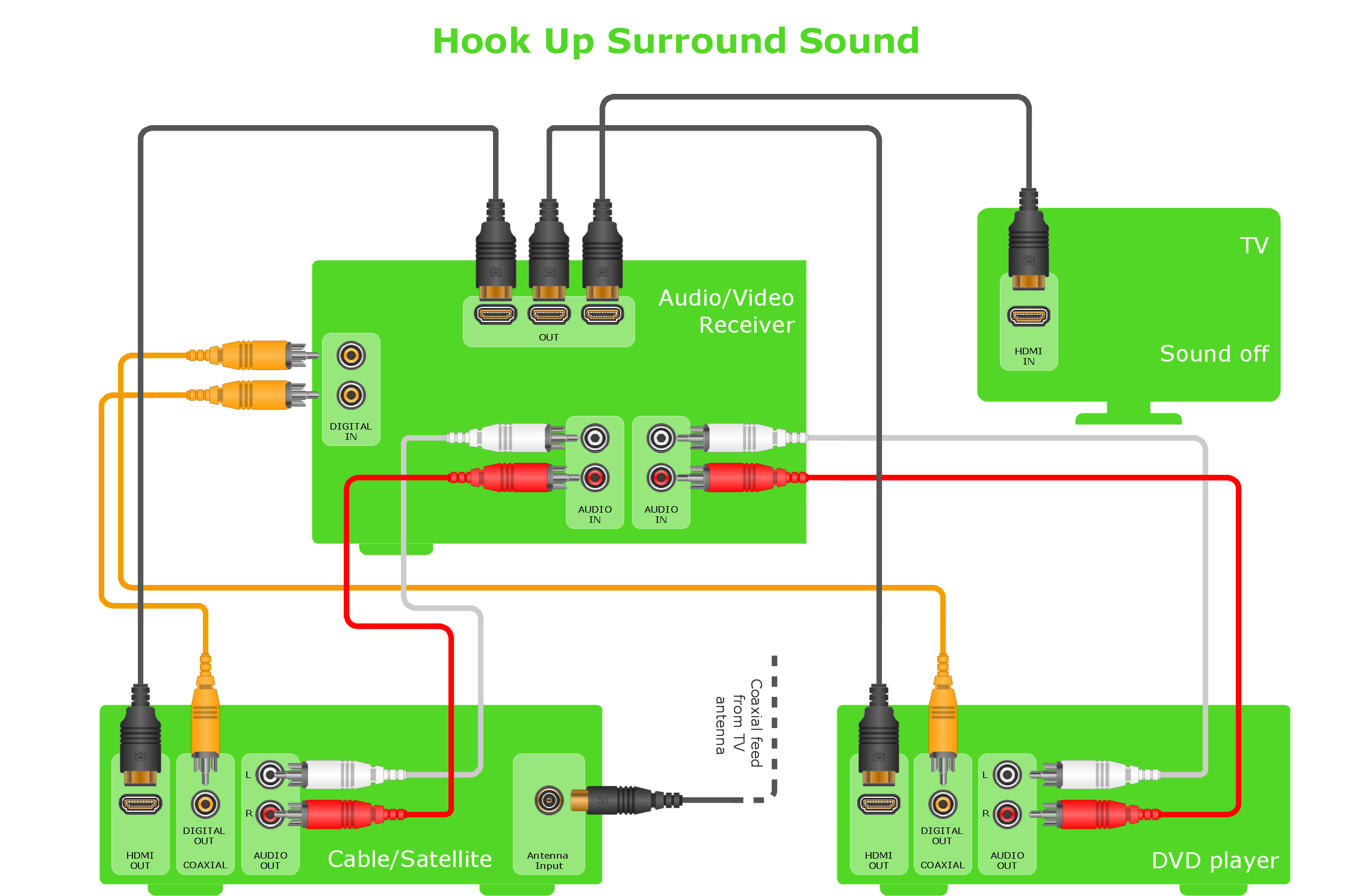A single key benefit of audio over IP systems is its capability to link various devices and systems efficiently. Traditional broadcasting frequently relied on intricate cabling and tangible links, which could be burdensome and limited. With AoIP, broadcasters can easily interface mics, audio consoles, and additional equipment through a shared network. This convergence allows for remote broadcasting and live transmissions from almost any location, making it easier to connect with audiences across the globe. As a result, broadcasters can react quickly to ongoing events and audience requests, leading to more dynamic and engaging content.
Additionally, AoIP systems supports high-quality audio standards that improve the auditory experience. Unlike traditional broadcasting techniques, which may compromise sound quality, audio over IP can preserve the integrity of the audio signal throughout the delivery procedure. This implies that audiences can enjoy crisper and more detailed sound, whether they are listening in via terrestrial radio, broadcasting over the internet, or employing mobile devices. The capability to deliver premium audio is especially crucial for musical and talk shows, where every detail matters to the listeners.
Additionally, the adoption of audio over IP systems can lead to cost savings for media companies. By leveraging existing infrastructure infrastructure, companies can remove the need for costly hardware and extensive cabling. This not only lowers upfront costs but also lowers maintenance costs over time. Broadcasters can allocate resources more efficiently, focusing on content creation and talent development. As a consequence, the entire media industry can benefit from enhanced innovation and inventiveness, as funds are reallocated toward enhancing programming and engaging with listeners.
In summary, the transition towards audio over IP technologies is transforming the broadcasting landscape. By allowing seamless links, enhancing audio standards, and look what i found lowering costs, AoIP is paving the way for a better integrated future in media. As media organizations continue to adapt to these changes, they will be more prepared to meet the needs of their listeners, create captivating content, and stay competitive in an ever-evolving industry. The future of broadcasting is promising, and audio over IP will take a key role in defining how we experience audio content in the years to come.
